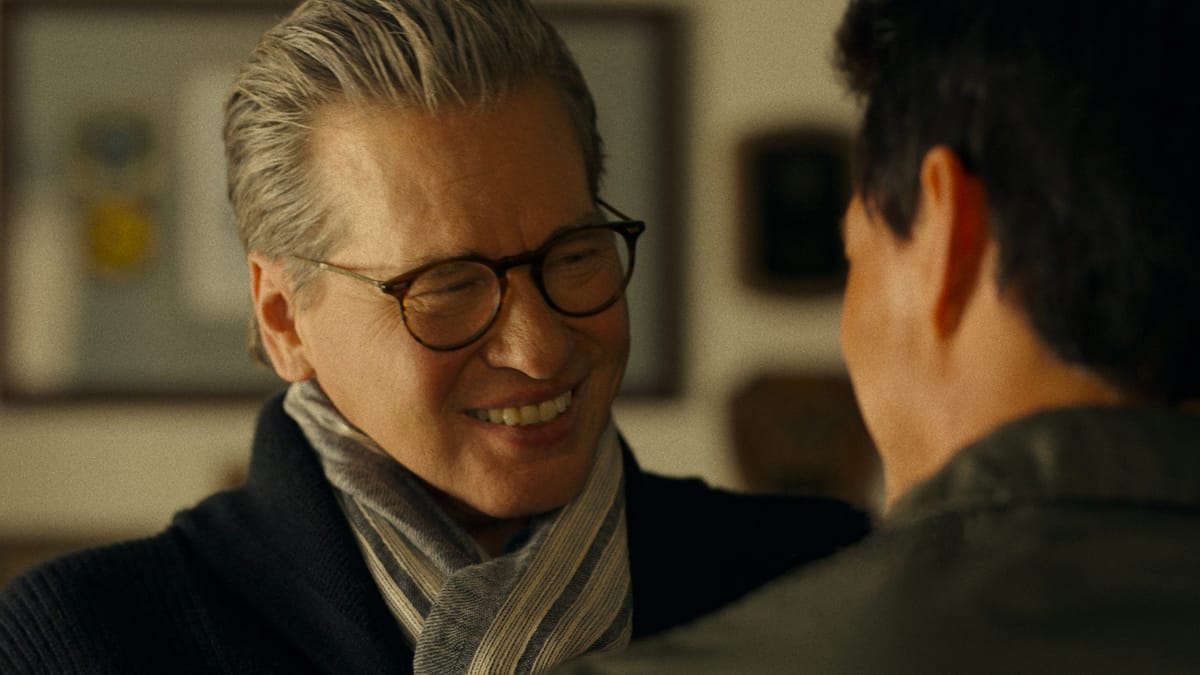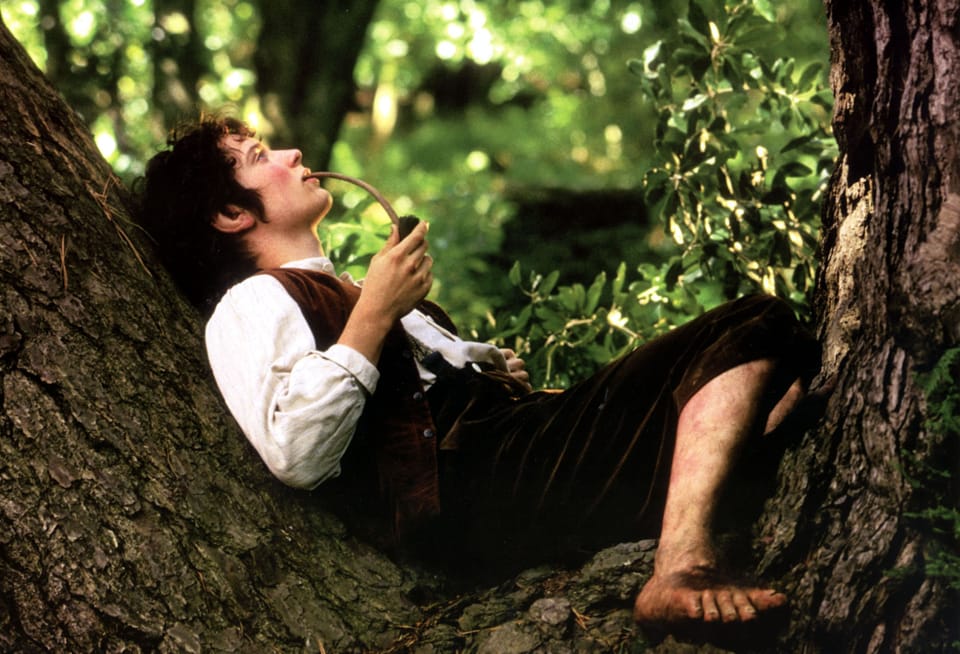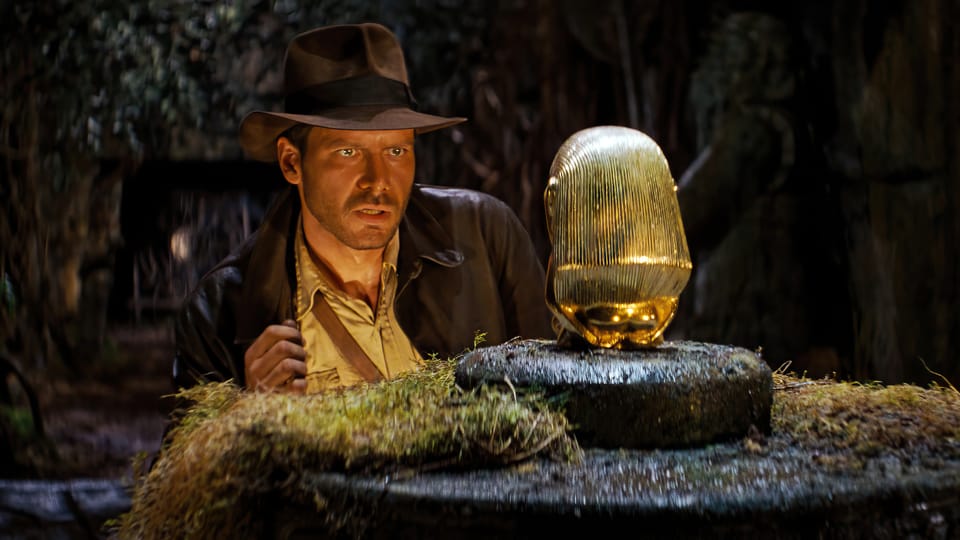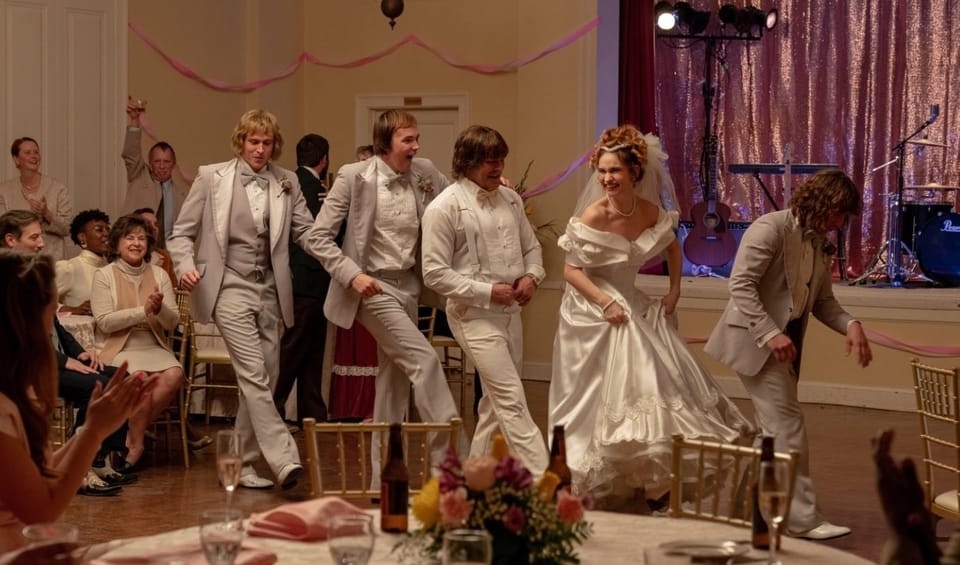It's the relationships that matter in your screenwriting.
“What audiences really care about,” he said, “Was seeing the character share that achievement with a loved one.”

The Story and Plot Weekly Email is published every Tuesday morning. Don't miss another one.
The great Lyndsey Doran does a lecture on the relationship between learned optimism and story. She is phenomenal, and the lecture is phenomenal.
If you ever get a chance to hear Lyndsey Doran speak, do so.
During the lecture, she recalls a story of watching a film during its test screening phase and speaking with the projectionist afterward.
She mentioned something about audiences responding to a character achieving something great.
She was surprised when the projectionist, who had been working on test screenings for nearly 30 years, mildly disagreed with her.
“What audiences really care about,” he said, “Was seeing the character share that achievement with a loved one.”
She realized he was right. The moment of triumph meant the most in every film, from ROCKY to STAR WARS to MULAN, when the protagonist shared it with someone they loved.
If you’re a fan of the two TOP GUN movies, think of how you felt when you discovered that Maverick and Iceman became lifelong friends after the first one.
Time and time again, stories prove that audiences care deeply about relationships.
Perhaps more than anything else.
And we need to take this into account in our screenwriting.
The story is more than just the protagonist.
Too many think the screenplay is JUST about the main character with supporting characters there to serve the plot.
This is rarely true.
While small roles will always be needed for plot purposes, true supporting characters are there to serve the story, not just the plot.
The plot of STAR WARS did not need Han Solo.
No one would have blinked if Obi-Wan Kenobi had his own spaceship, and there would have been no need for the Millennium Falcon.
But the story of Luke Skywalker taking his first step toward becoming a Jedi did need the opposing influence of Han to feel fully realized.
In the end, Han's movement towards Luke rather than Luke's movement towards Han was a triumph of Luke and Leia’s view of the universe.
Supporting characters are not there just to be interesting.
Though, obviously, they should be. But their true role in the story is their relationship with the protagonist.
Even Claudette in RATATOUILLE, who had no direct relationship with Remy, has a relationship with Linguini, which affects the relationship between Linguini and Remy!
Too often, we introduce a relationship and then forget about it.
Because we don’t know their role in the story, we lose track of the subplot the relationship creates and neglect the resolution that the audience wants.
Treat each meaningful relationship as a subplot
The most important aspect of a supporting character is their relationship to the hero's transformational journey.
How do the supporting character's POV, philosophy, and actions affect the hero arriving at their final destination?
But this question is usually embodied in the relationship itself that ends in rejection, acceptance, understanding, and sometimes even death!
You need to be aware of this dynamic and tell the story of this relationship that supports, pushes, and pulls the primary story.
Meaningful relationships will have dramatic questions.
The audience will want to know how the relationship resolves.
This dramatic question means the relationship will have its own story structure.
In films with the relationship at the center, the relationship is either the story structure itself or coincides right along with the primary one.
Inciting incident | Act 1 break | midpoint | Act 3 break | Resolution.
You will notice in TITANIC that every major shift in their love affair coincides with a major shift in the ship’s voyage.
Less important relationships will contain fewer story beats, but no fewer than at least a dramatic question and resolution.
Give every subplot a relationship.
Remember, the movie is not about the plot. What we truly care about is our emotional reaction to the plot.
One way to embrace this further is to personify the subplots with a relationship.
Back to STAR WARS, for example. The Death Star plans were inside R2-D2, a droid that Luke establishes a relationship with. The message is delivered by Princess Leia, who Luke establishes another relationship with.
Everything is either personal or becomes personal.
In BARBIE, Barbie doesn’t have to go into the real world to find her doll. She has to go into the real world and find the girl playing with her doll.
This creates an important relationship for Barbie in the movie with the mother and daughter and even gives the opportunity to explore that mother-daughter relationship as well.
Do not let things just be things. Use these things to create personal and emotional relationships.
What is the most important relationship in your movie?
This is the most important question of all, as it directly influences audience satisfaction and the emotion they leave your story with.
Which is the relationship that the character and the audience care the most about?
While this is usually who the protagonist ends the movie with, it is not necessarily the most important character to the plot.
In ROCKY, Rocky and Adrienne are clearly the most important relationship in the story, while Apollo and Mickey are more important to the plot.
Look at STAR WARS, THE MATRIX, and THE LORD OF THE RINGS trilogy.
All three stories are classic hero’s journeys, and they all follow the same clear template. However, the stories are slightly different here.
The most important relationship for Luke Skywalker is the mentor, Obi-Wan Kenobi.
The most important relationship for Neo is not the mentor but Trinity.
The most important relationship for Frodo is not Gandalf or any love interests but his friend Sam.
The hero’s journey is the same, but different roles in the story take up that primary relationship with the main protagonist.
Make sure your story honors this relationship.
This is as important as identifying it. ROCKY just isn’t ROCKY without Rocky screaming out Adrienne.
Even though Obi-Wan is gone, STAR WARS doesn’t feel the same without his voice or Luke getting out of the X-Wing fighter and all of the Rebel forces celebrating.
It’s why EMPIRE STRIKES BACK has a much dour ending because the friendships that have now become pivotal are separated.
A romantic comedy will always end with the couple in the last shot and what is hopefully a satisfying end.
This moment is so important that movies like TITANIC and GLADIATOR reunite the protagonist with the dead, so we get to feel that emotion.
Every relationship must change.
Story is about transformation. People are different at the end than they are at the beginning.
This means relationships, too.
For stories where people change for the better, look to have every single relationship change for the better as well.
Each relationship should be healthier for the protagonist in one way, shape, or form.
Sometimes this means love and healing, other times it could just mean accepting that person for who they are. Sometimes, it means cutting an abusive person out of their life for good.
For tragedies, we will usually want the opposite. Where all positive relationships break down, and the tragic hero is alone.
The relationships are where we want to see the results.
The plot is great. But the plot is the vehicle that delivers great scenes and sequences filled with emotion.
We want to see the trials, tribulations, and victories of the story embodied in the one thing we all intrinsically understand is what really counts in life: our relationships.
The Story and Plot Weekly Email is published every Tuesday morning. Don't miss another one.
When you're ready, these are ways I can help you:
WORK WITH ME 1:1
1-on-1 Coaching | Screenplay Consultation
TAKE A COURSE
Mastering Structure | Idea To Outline




